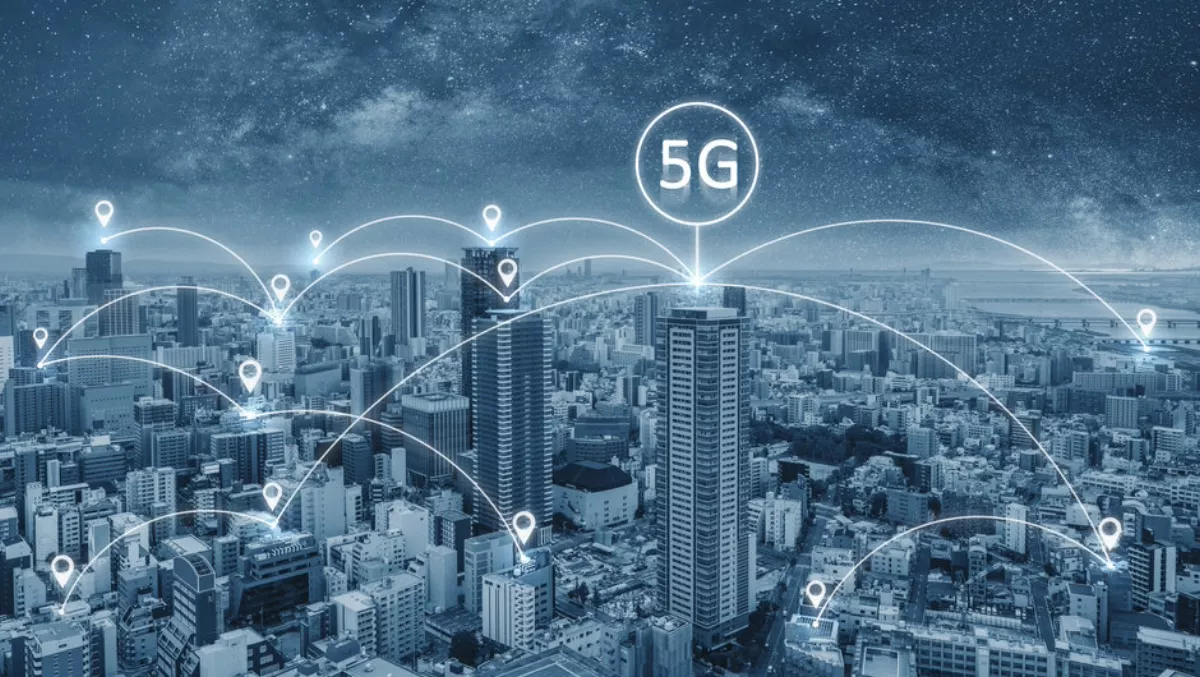
Gartner: 66% of organisations will deploy 5G by 2020
66% of organisations have plans to deploy 5G by 2020, according to a new 5G use case and adoption survey by Gartner.
Organisations expect 5G networks to mainly be used for Internet of Things (IoT) communications and video, with operational efficiency being the key driver.
"In terms of 5G adoption, end-user organisations have clear demands and expectations for 5G uses," says Gartner senior research director Sylvain Fabre.
"However, one major issue that 5G users face is the lack of readiness of telecommunications providers. Their 5G networks aren't available or capable enough for the needs of organisations.
To fully exploit 5G, a new network topology is required, including new network elements such as edge computing, core network slicing and radio network densification.
"In the short to medium term, organisations wanting to leverage 5G for uses such as IoT communications, video, control and automation, fixed wireless access and high-performance edge analytics cannot fully rely on 5G public infrastructure for delivery," add Fabre.
Top uses for 5G
IoT communications remains the most popular target use for 5G, with 59% of organisations surveyed expecting 5G-capable networks to be widely used for this purpose.
The next most popular use is video, which was chosen by 53% of respondents.
"The figure for IoT communications is surprising, given that other proven and cost-effective alternatives, such as Narrowband IoT over 4G and low-power wide-area solutions, already exist for wireless IoT connectivity," says Fabre.
"However, 5G is uniquely positioned to deliver a high density of connected endpoints - up to 1 million sensors per square kilometre.
"Additionally, 5G will potentially suit other subcategories of IoT that require very low latency," adds Fabre.
"With regard to video, uses will be varied. From video analytics to collaboration, 5G's speed and low latency will be well suited to supporting 4K and 8K HD video content.
Status of 5G deployment
Gartner predicts that by 2022, half of the telecommunications providers that have completed commercial 5G deployments will fail to monetise their back-end technology infrastructure investments, due to systems not fully meeting 5G use requirements.
"Most telcos will only achieve a complete end-to-end 5G infrastructure on their public networks during the 2025-to-2030 time- as they focus on 5G radio first, then core slicing and edge computing," says Fabre.
Fabre adds that this is because telco 5G public network plans vary significantly in timing and scope.
Telcos will initially focus on consumer broadband services, which may delay investments in edge computing and core slicing, which are much more relevant and valuable to 5G projects.
Gartner advises that to meet the demands of businesses, technology product managers planning 5G infrastructure solutions should focus on 5G networks that offer not only 5G radio but also core slicing and edge computing infrastructure and services for private networks.
Telcos alone may not fully satisfy the short-to-midterm demands of organisations that are keen to deploy 5G quickly.
"Private networks for enterprises will be the most direct option for businesses that want to benefit from 5G capabilities early on," says Fabre.
"These networks may be offered not only by telcos, but also directly by infrastructure vendors - and not just by the traditional large vendors of infrastructure, but also by suppliers with cloud and software backgrounds.


